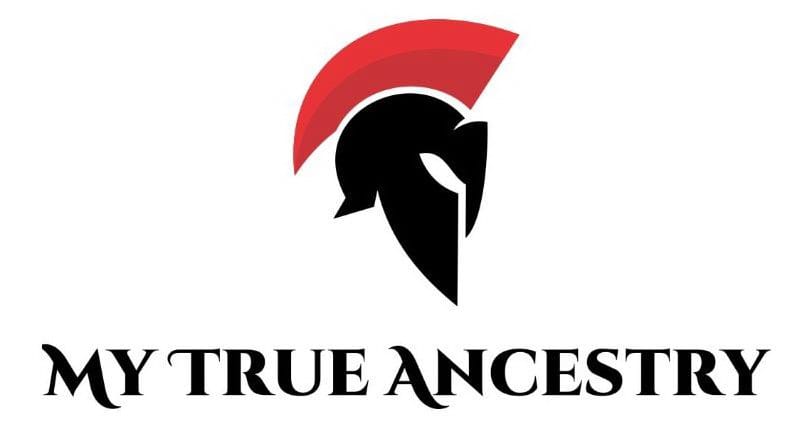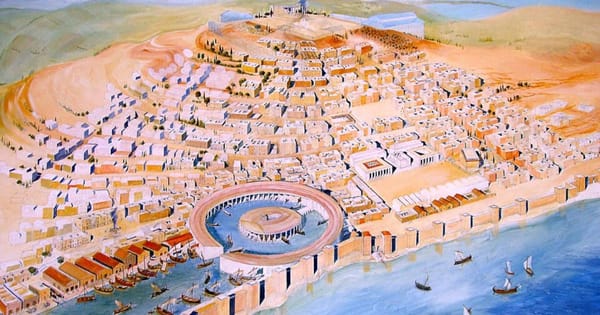Diverse Origins: Exploring the Genetic Legacy of the Ancient Punic People






The study of the Punic people, as evinced from archaeological surveys and genetic analysis, reveals an intriguing palate of diversity that spans across the Mediterranean. These findings emerge from meticulously curated research that captures both the geographical expanse and the compelling complexity of Punic ancestry, transcending modern political boundaries. Recent DNA studies have revolutionized our understanding of this ancient civilization by challenging traditional assumptions about their origins and genetic makeup.
The ancient city of Carthage, whose foundations were laid by the Phoenicians around 814 BCE, stands at the center of the Punic world. The necropolis of Carthage, meticulously excavated, tells tales not just of the living but of complex ancestry that interweaves North African, Sicilian, and Levantine threads.
DNA analysis reflects the historical narrative of Carthage as a thriving port city with wide-ranging interactions across the Mediterranean. A fascinating portion of Carthaginian inhabitants shows evidence of rare European mitochondrial haplogroups, hinting at intricate genealogical legacies far more diverse than previously understood.
Villaricos unveils a complex of burial sites that whisper stories from Phoenician-Punic to Arab-Andalusian times. Among the treasures unearthed here are striking hypogea—subterranean chambers serving as silent sentinels of a bygone era. The genetic findings from Villaricos are deeply instructive, signifying a blend of influences and a mosaic of human movement and interaction.
This site, largely excavated in the late 19th and early 20th centuries, has undergone renewed analysis thanks to radiocarbon dating techniques. These studies have unveiled burials dating from the 6th century BCE, showcasing continual use through to the Roman period.
In Sardinia, the settlement of Tharros stands out with its unique genetic profile, exhibiting diversity akin to its Punic counterparts but also hinting at subsequent Roman influence. The site's genetic signatures illustrate how this seaside settlement played a pivotal role in the Punic network, reflected in the blend of native Sardinian and external genetic influences.
Notably, research at Tharros revealed that North African ancestry became predominant only in later periods, postdating 400 BCE, echoing similar findings across other Punic regions.
Additional important locations in this pan-Mediterranean study include:
One of the most surprising discoveries challenges the traditional narrative about Punic origins. Contrary to what might be expected, the Punic people were not simply descendants of Levantine ancestors. DNA evidence reveals that these ancient Mediterranean populations showed remarkably limited Levantine ancestry, despite the historical association between the Punic civilization and Phoenician colonists from the Levant.
Instead, their genetic makeup showed closer connections to other Mediterranean populations, particularly those from the western and central Mediterranean regions. This suggests that the Punic world was far more a melting pot of different lineages than previously believed.
Among the most significant findings is the substantial North African genetic component identified across many Punic sites. While eastern settlements like Akhziv maintained stronger Levantine connections, western sites such as those on Ibiza display a more diverse admixture with notable influences from North Africa.
This genetic tapestry not only charts the migrations and intermarriages that occurred over centuries but also underscores the centrality of North Africa in Mediterranean history. It challenges previously held notions of isolated cultural developments and highlights a past rich with inter-regional connectivity.
Radiocarbon dating has been instrumental in providing precise timelines for archaeological findings across Punic sites. By offering reliable dates for tombs and necropolises from Italy to North Africa and beyond, this technique has enhanced understanding of societal developments and conquering patterns.
By providing chronological context, radiocarbon dating has helped confirm the timeline for genetic shifts across the Punic regions, which would have been overwhelming to unravel with historical records alone. This scientific method has proven crucial in contextualizing the vibrant genetic tapestry of the Mediterranean during antiquity.
The exploration into the genetic distinctiveness of Punic people cannot overlook the difference brought about by interactions with the Romans, who eventually took control of vast Punic territories. The Romans, known for their ability to absorb and propagate local cultures, introduced another layer of genetic complexity.
Studies of genetic differentiation (FST) have unearthed variances not merely between different contemporary groups but also across time, revealing the shifting sands of ancestry influenced by centuries of trade, conflict, and settlement. The Roman expansion left genetic traces infused with Europe's various cultural threads, seen today in DNA analyses from Roman-influenced archaeological sites.
The Mediterranean basin emerges from this research as a historical melting pot shaped by the movements and interactions of myriad cultural and genetic influences. From the rocky shores of Iberian settlements to the opulent necropolises of Carthage, the thread that ties these findings lies in the resilience and adaptability of human communities.
While the Punic legacy might often be nestled in the shadows of Carthaginian and Roman might, the genetic evidence highlights the quintessentially eclectic Mediterranean identity. DNA serves not just as a static record of ancestry but as a dynamic storyteller, narrating tales of migration, conquest, integration, and adaptation across this historically significant region.
Unlocking the secrets encoded in ancient DNA allows us to piece together narratives of shared heritage and historical intertwining, painting a more inclusive view of our past and underscoring an interconnected ancient world that is still being disentangled today.
Comments